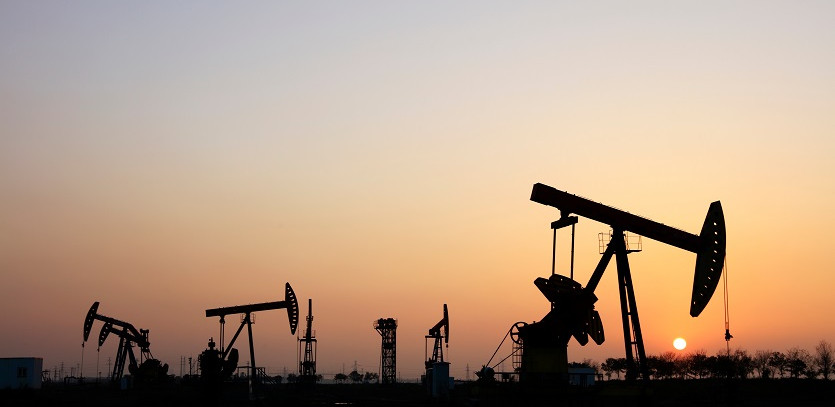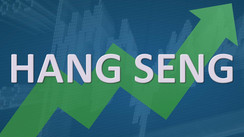A Rising Wave: Crude Oil Prices Gain Momentum
Crude oil prices have been exhibiting a remarkable growth trend lately, with WTI crude oil prices surging past the $80 per barrel mark for the first time since October 2014. This impressive upswing can be attributed to multiple catalysts, such as robust worldwide economic expansion, burgeoning oil demand in emerging markets, and production hiccups in Libya and Venezuela.
The International Energy Agency (IEA) recently adjusted its 2023 global oil demand growth projection upwards, underpinned by the economic vigor in the United States, China, and India. The IEA now anticipates an increase in worldwide oil demand by 1.4 million barrels per day (bpd) in 2023, a rise from the earlier prediction of 1.2 million bpd.
Global Economic Growth: A Key Player in Oil Demand
This upward adjustment in demand forecast aligns with the expected enduring strength of global economic growth in 2023. The World Bank, too, has escalated its 2023 global economic growth prediction to 3.2%, an improvement from its earlier 2.9% projection. The Bank attributed this growth to the economic vitality in the United States, China, and other burgeoning markets.
Apart from robust demand, oil prices have found further support from supply disturbances in Libya and Venezuela. Libya, embroiled in a civil war since 2011, has faced severe constraints in production. Similarly, Venezuela's economic crisis has led to a sharp decline in production over recent years.
The Impact of Demand and Supply Disruptions on Oil Prices
The interplay between heightened demand and supply disruptions has incited a significant uptick in oil prices in recent months. WTI crude oil prices have appreciated by over 20% since the onset of the year, with Brent crude oil prices following suit with over a 15% increase.
Moving forward, it is anticipated that oil prices will maintain their lofty levels in 2023. The IEA projects that global oil demand will continue its upward trajectory in 2023, while supply hurdles in Libya and Venezuela are likely to remain. Consequently, oil prices are projected to hover above $80 per barrel for an extended period.
Economic Indicators to Watch
Various economic indicators that might impact future oil prices include:
- Global economic growth: Robust global economic growth augments oil demand.
- US economic growth: As the world's leading oil consumer, robust US economic growth similarly increases oil demand.
- Chinese economic growth: Being the world's second-largest oil consumer, strong economic growth in China also boosts oil demand.
- Emerging market economic growth: As emerging markets are projected to grow faster than developed markets, this also leads to an increase in oil demand.
- Supply disruptions: Production disruptions in major oil-producing nations, like Libya and Venezuela, elevate oil prices.
Factors Influencing Growth or Decline
A multitude of factors can influence oil prices, such as:
- Supply and demand dynamics: The oil price is contingent on supply and demand. Excess supply over demand leads to price drops, while the reverse results in price hikes.
- Economic growth: Economic expansion triggers an increase in oil demand.
- Political instability: Political uncertainties in oil-producing nations can cause supply disruptions and price spikes.
- Natural disasters: Disasters like hurricanes and earthquakes can disrupt oil production, driving prices up.
- Technological advancements: Innovations like hydraulic fracturing can boost oil production and suppress prices.
Wrapping Up
Oil prices, inherently volatile, are influenced by a myriad of factors. The elements delineated in this article are among the most crucial influences that could shape the future of oil prices.





